By Erika B. Lewy

Eighteen months of a pandemic laid bare widening inequities embedded in our education system, our economy, and many other aspects of our society. Among the many gaps exposed by the crisis are significant disparities in students’ access to career and technical education (CTE), and success in those programs. A recent discussion among teachers and program coordinators prompted stark observations of problems in work-based learning, which has a mission to provide real-world professional experience and networking opportunities to students through internships, apprenticeships, and other forms of hands-on job training. In a remote environment, the differences between students who succeeded and those who struggled were especially apparent.
In April, CTE stakeholders and providers from across the country gathered with representatives of MDRC’s Center for Effective CTE to discuss how a year of remote services revealed the urgent need for changes to address inequities in the field. The group first met a year ago, mid-pandemic, and discussed how providers adapted work-based learning experiences for a world where in-person interactions were severely curtailed. Learning in a virtual environment changed both the composition of program participants and how employers engage students.
To improve access to and success in programs with diverse, often disadvantaged students, CTE practitioners are rethinking how they use remote learning, how they view employer partnerships, and how they measure student competency.
New and different students engaged in virtual programs.
The types of students who had access to CTE programs changed in the new, virtual environment; sometimes for the better and sometimes for the worse, according to the participants.
For example, when the high school football season was canceled in Louisiana, YouthForce NOLA, which coordinates workforce training for young people in New Orleans, saw more male students participate in internships. YouthForce NOLA worked with employers to offer short-term, remote internships where students could work from home, easing geographic and transportation challenges associated with in-person internships, apprenticeships, and work-based learning. (Learn more about MDRC’s ongoing research on YouthForce NOLA here.)
Other discussion participants also reported that many students—particularly rural community college students, urban high school students, and students in short-term internships—lacked access to technology and broadband internet access. As a result they had fewer opportunities to enroll in virtual work-based learning experiences or succeed in these programs, and success in such experiences could have strengthened their positions in the labor market when they started working.
“There’s a digital divide that’s real,” said Bill Taylor, vice president of outreach and partnership at NAF, a network that supports career academies. “Even though this virtual space takes away the constraints of geography [and] enables more students to engage in work-based learning and paid internships, if we don’t work through these constraints of a very real digital divide—you know, who has technology? Who has internet access? We’ve got to solve those issues.”
Employer roles in CTE partnerships grew, and programs want to keep it that way.
During 2020 and the beginning of 2021, employers in logistics, manufacturing, and transportation experienced labor shortages as their workforces aged, retired, or remained quarantined. The pandemic showed how unstable these industries’ labor pools had become. This revelation helped work-based learning providers emphasize the value of connecting talent from their programs directly to employer partners.
CTE leaders learned to expect more and ask for more from prospective employers. Industry partners had previously hesitated to provide the support—such as mentors, laptops, and other resources—trainees needed to engage in project work, develop relationships, and gain professional skills. During the pandemic year, employers expanded their efforts in new ways to help students succeed.
“What we’ve learned from what we’ve gone through is that a lot of employers have kind of stepped up and stepped in, leaned into some of the challenges of continuing with CTE learning,” Taylor said.
And with a surge in job openings and corporations citing a shortage of labor, employers may come to see CTE partnerships as an essential part of their recruitment and hiring strategy. In a tight labor market with relatively few available and interested workers per job, programs that bring skilled, prepared workers to employers’ doors may have more power. CTE educators hope that employers will keep the higher level of engagement in the partnership.
Educators advocate changing assessment criteria for CTE credentials.
The difficulty of conducting synchronous classes and traditional exams during the pandemic highlighted the shortcomings of traditional learning measures. Some CTE leaders said the pandemic showed that the field should shift from the traditional credentialing model, which requires students to spend a certain number of hours in training or in a classroom (“seat time”), toward a model of mastery, where students demonstrate competency in relevant skills.
“It’s not about how long you participate in something,” Taylor said. “It’s about what you actually gain from the experience. Policy should support that. But the policy isn’t aligning to support what it is that we know matters.”
Julie Parks, director of workforce training at Grand Rapids Community College, said students had trouble getting credentialed because of seat-time and testing requirements during the worst of the pandemic. Parks wants seat-time requirements to disappear or be reformed.
“To get regulations to change, we all push together to advocate for that,” she said. “Seat time is a crazy rule in the world of competencies and skill building.”
The field must grapple with pressing equity questions.
As the worst phase of the pandemic recedes, CTE leaders are trying hard to reshape their programs based on the lessons of the COVID-19 crisis. These are some of the most salient issues they are addressing:
- How can educators recognize competency-based mastery, and what can researchers help the field learn about their impact on equity measures?
- What can research reveal about the relative value to employers of offering work-based learning experiences, and how those experiences might reduce broader racial, gender, or socioeconomic inequities over the longer term?
- How can new federal and state policies and investments address current infrastructure inequities, particularly when it comes to the digital divide?
The pandemic laid bare some existing educational inequities and exacerbated others, including ones related to access to technology, how learning is measured, and geography. Work-based learning experiences can give students an advantage when entering the labor market. To move forward, the field must grapple with these questions and the role of work-based learning in equitably providing students with the skills they need to be successful in the labor market.


